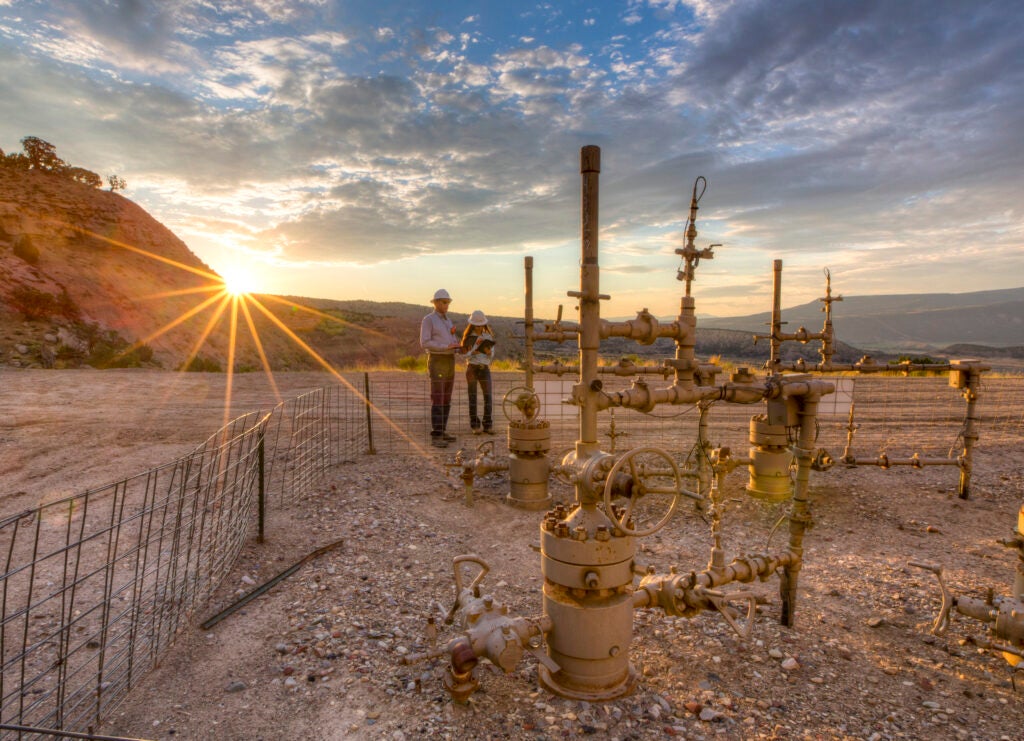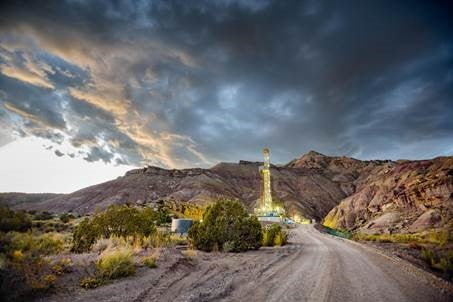Colorado again leads the way with methane verification protocol
By Nini Gu
Developing more accurate emissions inventories with real-world measurement data of oil and gas climate pollution is key to verifying our progress toward addressing climate change.
Earlier this month, the Colorado Air Pollution Control Division achieved a major breakthrough to do just that when it finalized its Greenhouse Gas Intensity Verification Protocol, marking the first time a government agency has created a comprehensive framework for measurement, reporting and verification of methane emissions at oil and gas production sites.
For far too long methane emissions have been undercounted and underreported, making it all the more challenging to cut them without understanding the scale of the problem and what solutions are most urgent to deploy in the field. Our efforts to establish an accurate inventory of methane emissions have been based largely on emissions factors calculations developed in the early 1990s, despite the significant advances in technology and the growth of the methane measurement industry.
Colorado again leads the way with methane verification protocol Share on XThis groundbreaking moment was the result of a thoughtful stakeholder process and it built off of last year’s historic and unanimous adoption of the GHG Intensity Verification Rule — the first rule in the country to require the use of direct measurement technology to quantify oil and gas methane emissions.
The GHG Intensity Verification Rule and the requirement for direct measurement fulfilled an obligation of the GHG Intensity Program for Oil and Natural Gas Upstream Segment, which established a performance standard limiting the amount of pollution emitted by volume of gas produced for upstream oil and gas operations in 2021. Without quantifiable emissions metrics, Colorado would not be able to assess operators’ compliance with these standards.
This new protocol outlines instructions for how regulators will implement and how operators will comply with the Verification Rule. In addition to addressing performance standards, direct measurement emissions data will also help Colorado more accurately track its progress towards meeting statutory targets to reduce total climate pollution for the upstream oil and gas sector outlined in House Bill 21-1266 of 36% by 2025 and 60% by 2030 from 2005 levels. This is a critical milestone toward using real-world empirical data, and one that the APCD can continue to improve and build upon in future years.
The key elements of the protocol that will help ensure a successful implementation of direct measurement programs are:
- Requiring that operators use direct measurement technologies that are properly vetted and validated;
- Demonstrating that technology is appropriate for the sites at which they are deployed (i.e., the technology is fit for purpose to capture a sufficient portion of expected emissions from the site);
- The consideration of measurement uncertainty so that APCD can identify ways to reduce error and improve measurement accuracy in the future;
- Transparent recordkeeping and reporting for APCD review and independent, third-party auditing.
A successful direct measurement program will enable operators to update their emissions inventories using measured quantities instead of outdated estimation methods. Operators who choose to forgo their own direct measurement will automatically have a state default factor applied to emissions inventories, which APCD will develop through its own direct measurement efforts. This also underscores why a model of continual improvement is critical given how quickly methane measurement technology is advancing. Key to this success will be continued leadership, ongoing stakeholder and community engagement, adoption of best-available science and technology and effective implementation and enforcement.
This new precedent to ensure the right technology is deployed in the field will help inform other state and national efforts. Shortly after the APCD’s announcement in May, the EPA updated its methane reporting requirements and paved the way to incorporate directly-measured emissions data. Its final revisions to Subpart W of the Greenhouse Gas Reporting Program, as well as continued integration of new measurement data, will allow us to better understand emission sources and mitigation opportunities and track changes in emissions over time all across the country.
Colorado’s Verification Protocol establishes much needed guidance for how to gather that data that can be adopted or adapted by state and federal agencies such as the EPA as they develop their own methane measurement and monitoring programs.
Verification will help us understand the size of the scope of the methane problem, ensure that industry as well as state and federal regulators are meeting emission reduction goals and — most importantly — help ensure that communities are protected from pollution. The Colorado program is built on a strong foundation of state policies to directly regulate and cut methane emissions. This combination of policy innovation and adoption of ambitious and strong environmental protections continues to set Colorado apart on the national and international stage as a climate leader in the oil and gas sector.












